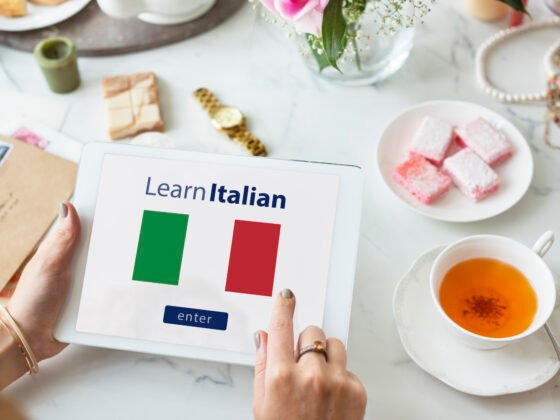Goa is known for its incredible white sandy beaches, swaying palm trees and glorious weather and it attracts around two million visitors every year. A former Portuguese outpost, there is still evidence of colonial rule everywhere and plenty of beautiful faded grand homes, lavish temples, incredible landscapes and a leisurely pace of life to enjoy, along with a true melting pot of cultures to experience.
Gastronomes on holiday in Goa will be in for a culinary treat, as this part of the world does not disappoint when it comes to exotic food and heavenly flavours. The food in Goa reflects its diverse history, incorporating references and the traditions of the Portuguese, the Konkan and the Bahamani Nawabi cultures.
The staple national dish is based around fish rather than meat – it is fish curry essentially, served with rice. This is different from other parts of India, where meat is generally preferred. The other national favourite, however, is pork followed by chicken and you’ll plenty of both on the menus. Food is generally served simple and fresh, but tends to be extremely spicy and hot.
Other notable ingredients include prawns, oysters, mussels and crabs, pickled pig liver, coconut sauces and tamarind marinades. There are many vegetarian options too, with wide regional variations.
When it comes to drink, ask for the local tipple of ‘feni’, which is made from cashew fruits or coconut sap and is both powerful and tasty!
Traditional Goan snacks include Pao com Chouricos, which are spicy sausages, pan fried with onions and served in a simple bread roll, or Iscas de Galinha, which are fried chicken livers. Portuguese influences are very much in evidence in such dishes, which blend the two cultures’ tastes into something truly special.
Many of the dishes offer meat that is marinated in spices in true Portuguese style, before being cooked in further fresh and homemade spice mixes. Although for those seeking a rest from powerful flavours, there is usually some simple potato soup on menus as well, with diced greens – a Portuguese influence known as Caldo Verde.
Pork vindaloo is hugely popular with locals and visitors alike and it comes served in an oily and thick masala gravy which is best mopped up with plenty of chapati. The Goans promise that once you’ve tasted their national masala, you’ll never want pork cooked in another way!
Galhina piri-piri is another top national dish and is based around chicken marinated in Goan herbs and piri-piri mix, before being shallow fried, sometimes with coconut.
Pickled pig liver, cooked with tamarind and vinegar can be found at every snack stop and there are plenty of tandooris, along with simple dhal and rice dishes. Look out too for cashew nut curries, vegetarian dishes and plantains, which reflect the links with former African colonies. Sauces tend to be based on coconut and can either be rich and deep or sweet and light.
The influence of Portugal can be seen very strongly and Goa serves its food with less oil, spice, garlic and onion than most of India. As well as meat, the sorts of ingredients typically used include pumpkins, lentils, gourd, bamboo roots and vegetables. Kokum and tamarind are used for sweetening and fenugreek, mustard, curry leaves and urd dal are used for spice, along with coconut oil for cooking in.
Goan people love cooking as much as they love eating and the conventional cooking method of clay pots and firewood is still seen in much of rural Goa, despite the introduction of contemporary kitchens in the urban areas. The clay-pot approach does add a smoky element to the food, which is greatly prized by its people.
Although the meals are simple, they generally take quite a long time to produce, especially with the marinating involved. Dried and salted dishes are also very popular, requiring additional food-preparation steps, often carried out using the most traditional sun-drying methods.
Desserts are also a treat and are generally based on fruits, coconuts and sweet syrups. Bebinca is a much loved sweetmeat, known also as bibik and made from sweetened pancakes and coconuts.
Along with the delicious food, there is a rich and stimulating atmosphere for eating in most of Goa. Food service is often accompanied by music or dance, particularly when there is a festival in progress and the service and traditional dishes can be very colourful and celebratory.
It’s certainly worth making a point of visiting local restaurants and cafes run by local people for local people when you are in Goa. There are also plenty of international cuisines to enjoy while you are visiting – you can even pick up a pizza if you wish. But the local food is such a treat to experience that you’ll probably want to seek out some of Goa’s recipes when you get home, to recreate some of those holiday tastes and flavours yourself.









